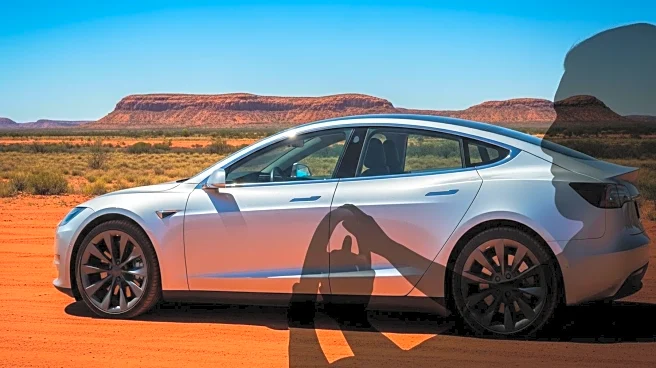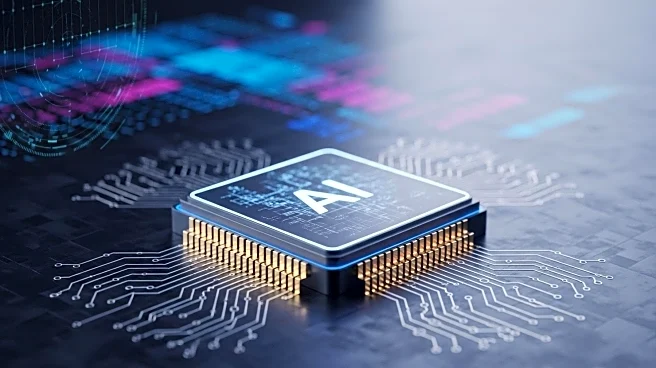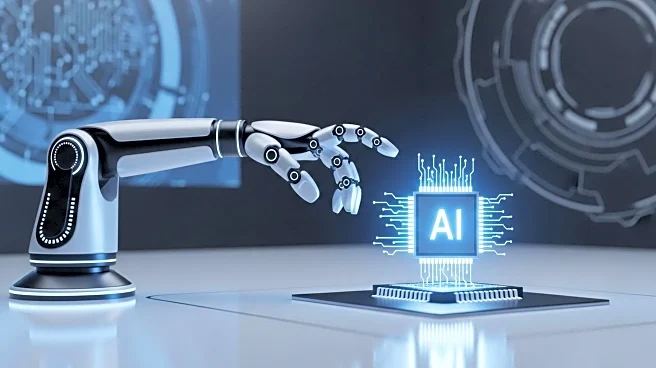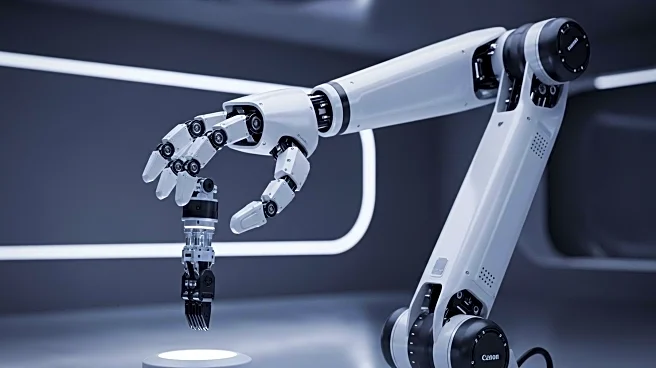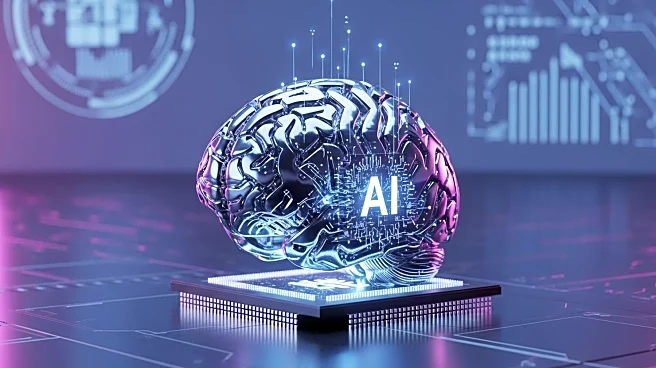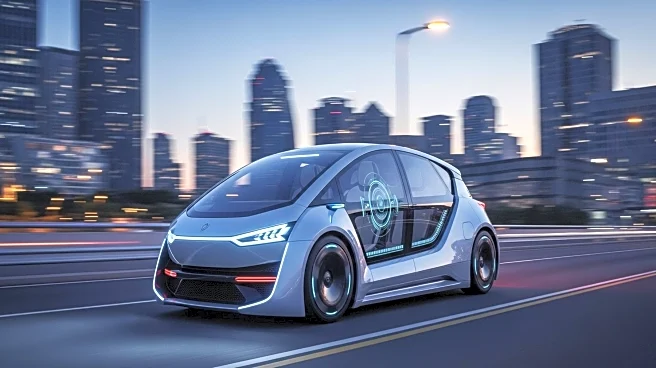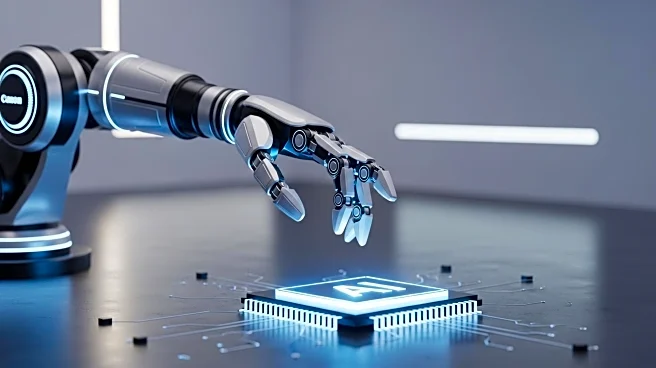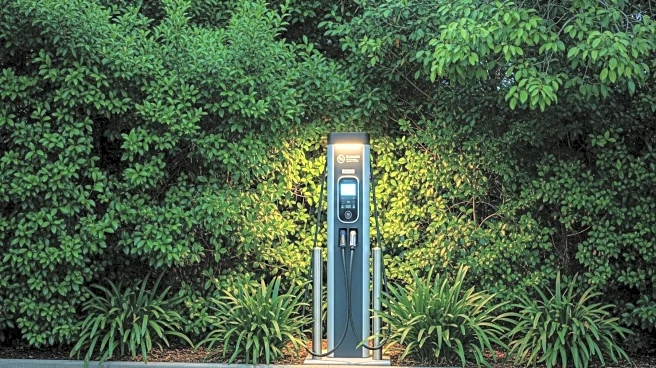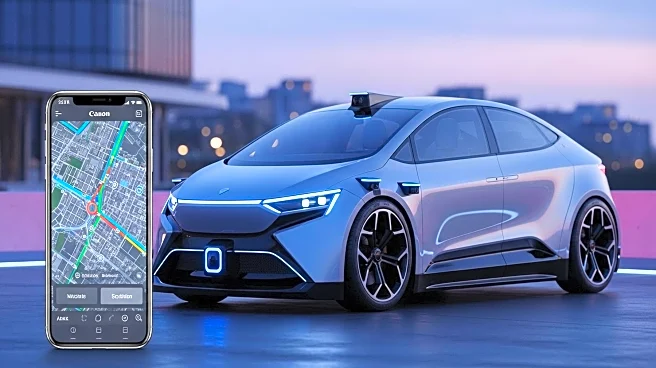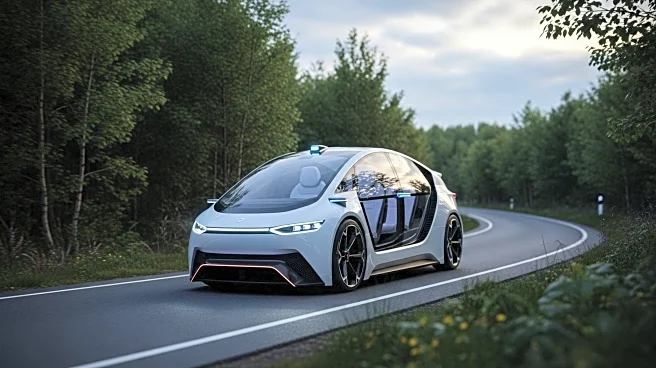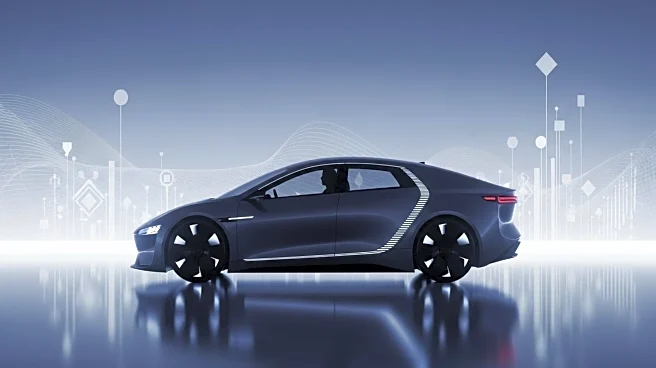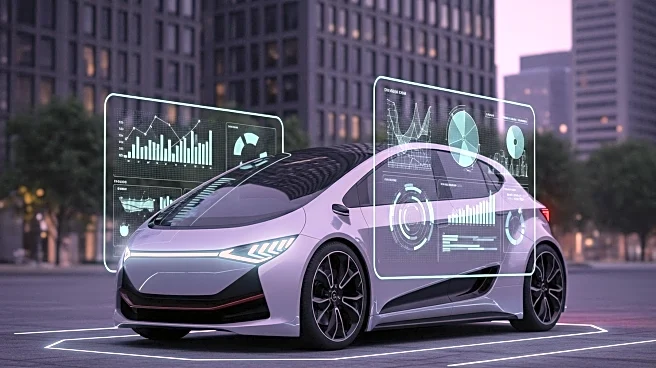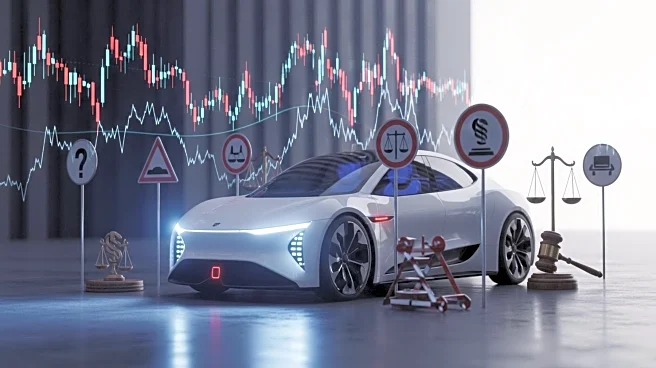What is the story about?
What's Happening?
Tesla has introduced its Full Self-Driving (FSD) system in Australia, marking a significant step in automotive technology. The system, named 'Full Self-Driving (Supervised)', allows vehicles to perform driving maneuvers such as route navigation, steering, lane changes, and parking under active driver supervision. Despite the advanced capabilities, Tesla emphasizes that the system does not make the vehicle fully autonomous, requiring drivers to remain attentive and ready to take control. The launch follows extensive testing and feedback, with some reviewers noting areas for improvement in the system's decision-making and speed. The Australian government is working on legislation to shift responsibility for automated driving systems from drivers to companies, which could pave the way for more autonomous vehicles in the future.
Why It's Important?
The introduction of Tesla's Full Self-Driving system in Australia represents a pivotal moment in the evolution of autonomous vehicle technology. It highlights the growing trend towards automation in the automotive industry, which could lead to significant changes in transportation and road safety. The system's requirement for driver supervision underscores ongoing challenges in achieving full autonomy, reflecting broader industry concerns about safety and liability. As governments develop frameworks for automated vehicle use, companies like Tesla are positioned to influence regulatory standards and consumer expectations. This development could accelerate the adoption of autonomous vehicles, impacting industries such as logistics, public transportation, and personal mobility.
What's Next?
Tesla's Full Self-Driving system is expected to become available for purchase as a subscription through the Tesla app, initially limited to newer vehicle models. The Australian government is analyzing feedback from public consultations on the Automated Vehicle Safety Law, which aims to establish a national framework for safe automated vehicle use. This legislation could shift liability from drivers to companies operating self-driving systems, potentially influencing similar regulatory efforts in other countries. As the technology evolves, stakeholders including automotive manufacturers, policymakers, and consumers will need to navigate the implications of increased automation on road safety, legal accountability, and transportation infrastructure.
Beyond the Headlines
The deployment of Tesla's Full Self-Driving system raises ethical and legal questions about the balance between technological innovation and safety. The requirement for driver supervision highlights the limitations of current autonomous systems and the need for clear regulatory guidelines. As automation becomes more prevalent, issues such as data privacy, cybersecurity, and the impact on employment in driving-related industries will become increasingly important. The shift in liability from drivers to companies could redefine accountability in the event of accidents, prompting discussions about the role of technology in society and the responsibilities of corporations in ensuring public safety.
AI Generated Content
Do you find this article useful?
